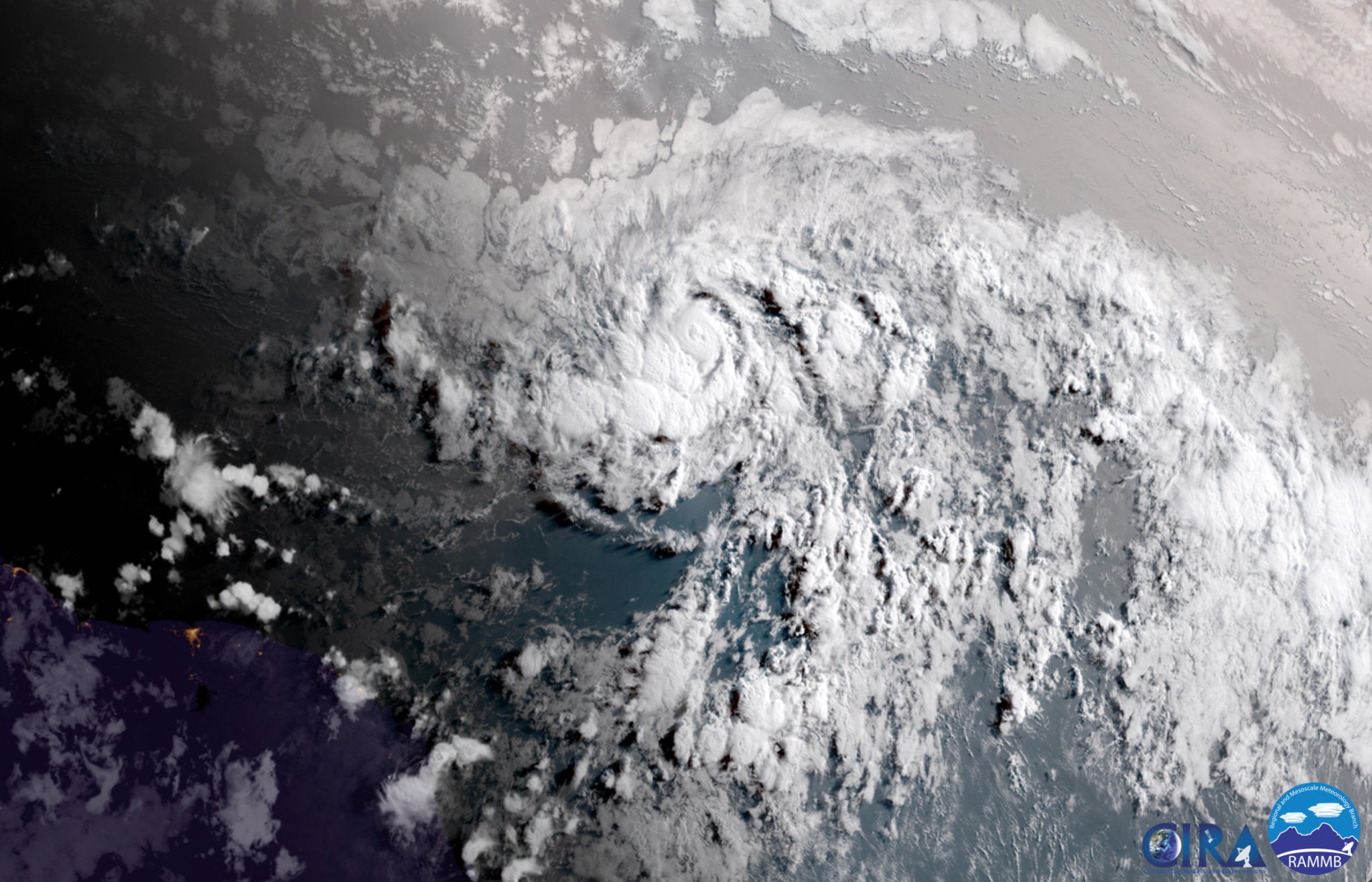Hurricane Beryl’s Path and Intensity

Hurricane beryl tracker – Hurricane Beryl is a Category 4 hurricane that is expected to make landfall in Florida on Tuesday. The hurricane is currently located about 200 miles south of Bermuda and is moving northwest at 12 mph. Beryl is expected to strengthen to a Category 5 hurricane before making landfall.
Hurricane Beryl, a powerful storm churning in the Atlantic, has meteorologists closely monitoring its path. Meanwhile, on the gridiron, Brandon Aiyuk has been making headlines with his impressive performance for the San Francisco 49ers. Stay up-to-date on the latest brandon aiyuk news while keeping a watchful eye on the developments of Hurricane Beryl.
The projected path of Hurricane Beryl is shown on the map below. The hurricane is expected to make landfall in Florida between Fort Myers and Tampa. The impact areas include all of coastal Florida, as well as parts of Georgia and Alabama. Evacuation zones have been established in all of these areas.
Potential Impact
- Hurricane Beryl is expected to bring high winds, heavy rain, and storm surge to Florida.
- The hurricane could cause widespread power outages and flooding.
- Residents in the impact areas should be prepared to evacuate if necessary.
Weather Conditions and Impacts: Hurricane Beryl Tracker

Hurricane Beryl is expected to bring heavy rainfall, strong winds, and a potentially devastating storm surge to the affected areas. The rainfall is likely to cause flash flooding, while the strong winds could lead to downed trees and power lines. The storm surge could cause significant damage to coastal infrastructure and property.
Rainfall
- Hurricane Beryl is expected to bring heavy rainfall to the affected areas, with some areas receiving up to 12 inches of rain.
- The rainfall could cause flash flooding, which can be dangerous and life-threatening.
- Residents in low-lying areas should be prepared to evacuate if necessary.
Wind Speeds
- Hurricane Beryl is expected to have maximum sustained winds of up to 120 mph.
- These winds can cause significant damage to trees, power lines, and buildings.
- Residents should secure loose objects outdoors and stay indoors during the storm.
Storm Surge
- Hurricane Beryl is expected to produce a storm surge of up to 6 feet.
- The storm surge can cause significant damage to coastal infrastructure and property.
- Residents in coastal areas should evacuate to higher ground if necessary.
Potential Damage
- Hurricane Beryl could cause significant damage to infrastructure, property, and agriculture.
- The storm surge could damage roads, bridges, and other infrastructure.
- The strong winds could down trees and power lines, causing power outages.
- The heavy rainfall could cause flooding, which could damage crops and livestock.
Emergency Preparedness and Response
Hurricane Beryl poses a significant threat to coastal communities. It is crucial for residents in the affected areas to take necessary precautions to ensure their safety and well-being.
The following safety measures should be taken:
- Stay informed about the hurricane’s path and intensity by monitoring official weather updates.
- Secure your home by boarding up windows, reinforcing doors, and moving outdoor furniture and objects indoors.
- Stock up on essential supplies, including non-perishable food, water, batteries, a first-aid kit, and medications.
- Identify evacuation routes and shelters in case you need to leave your home.
Evacuation Routes and Shelters
In the event of an evacuation order, it is important to follow the designated evacuation routes to avoid potential hazards.
Local authorities will establish evacuation shelters in safe areas. These shelters provide temporary housing, food, and other essential services to those who have been displaced from their homes.
Government and Disaster Relief Response, Hurricane beryl tracker
Government agencies and disaster relief organizations play a vital role in responding to hurricanes.
Government agencies, such as the National Hurricane Center, provide weather forecasts and issue warnings to alert communities about potential threats.
Disaster relief organizations, such as the Red Cross and FEMA, provide assistance to those affected by hurricanes, including food, shelter, and financial aid.
Hurricane Beryl continues to rage, but amidst the chaos, there’s a glimmer of hope. Meteorologist Tyler Cherry has been providing invaluable updates, tracking the storm’s path and keeping communities informed. With his expertise and unwavering dedication, Tyler has become a beacon of guidance during this turbulent time, helping people stay safe and prepared as Hurricane Beryl continues its relentless march.